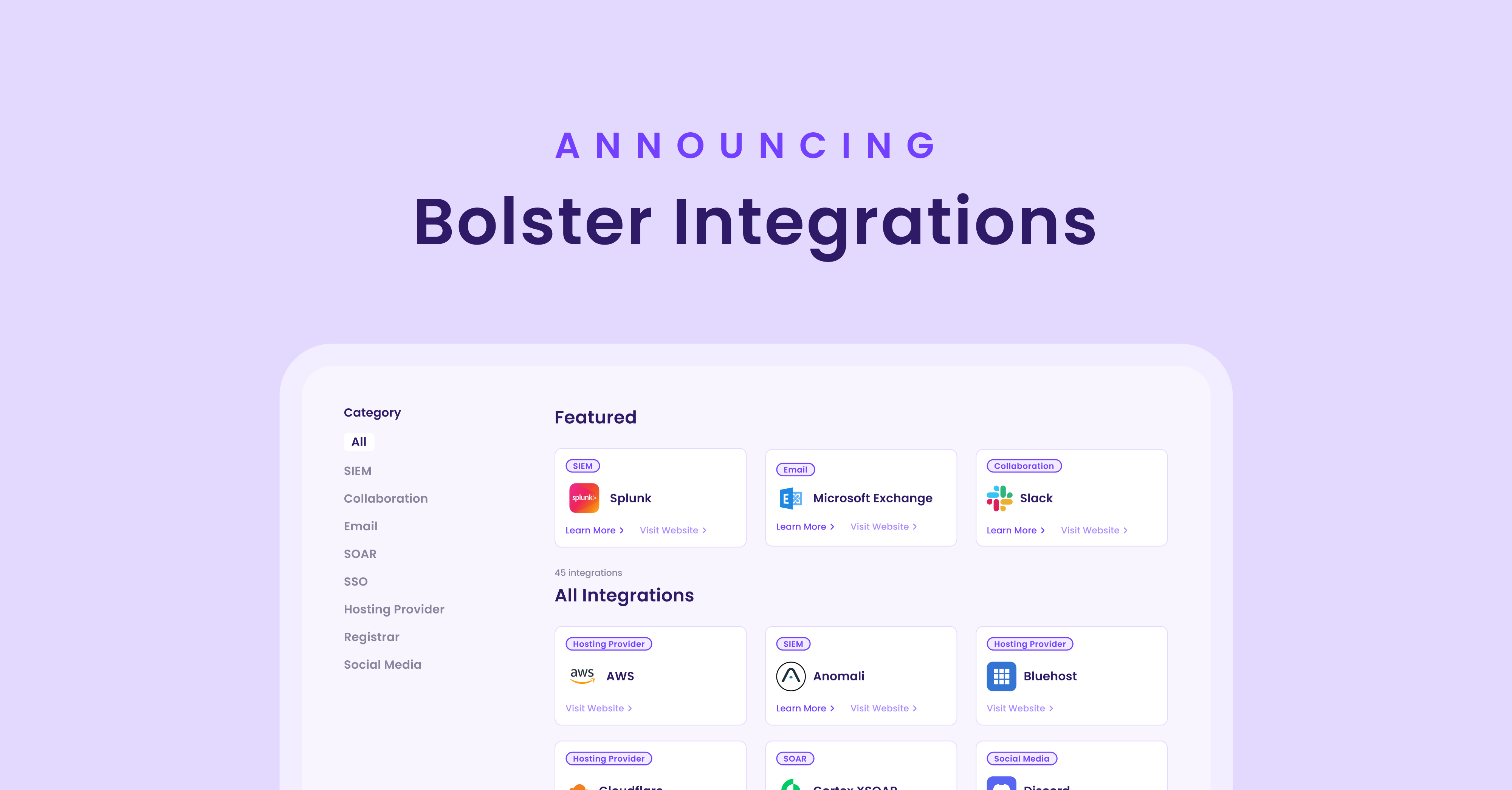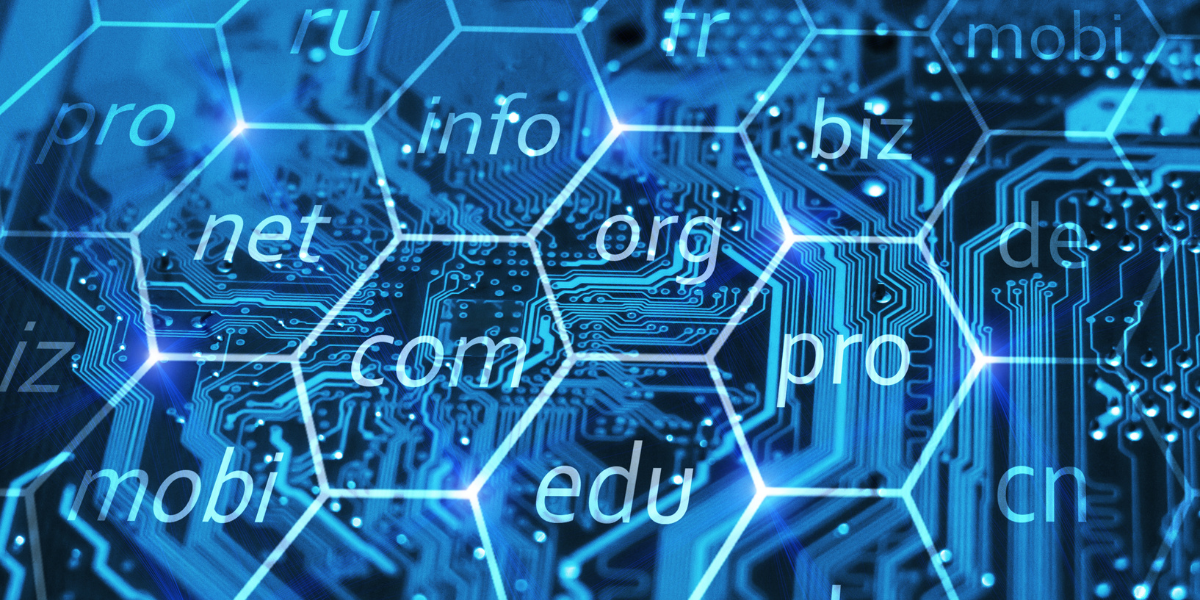Since the advent of the internet, digital risks have continued to evolve, presenting a wealth of new and serious threats to business owners. As these risks continue to change and develop, so too should your business protection strategies, including the adoption of automated digital risk protection.
Automated Digital Risk Protection: Taking it to the Next Level
While many businesses still use manual digital risk management processes, they are no longer sufficient. Threats move quickly, to the point where online attacks now occur every 39 seconds, and you need solutions in place that do the same.
The answer to these security woes lies in automation. Read on to learn what automated digital risk protection is, and how it can help your business thrive in a world full of bad actors.
What Is Automated Digital Risk Protection?
Automation in digital risk protection is all about using artificial intelligence (AI) and machine learning (ML) to discover, thwart, and thus protect your business from the security risks involved with the use of digital resources.
Automation affords businesses numerous advantages, including around-the-clock monitoring, immediate threat takedown, and increased efficiency and productivity in their daily agenda. Bad actors don’t stop working just because your business hours are over, which is why the best cyber risk programs utilize automated digital risk protection to continuously monitor for risk.
Understanding Digital Risks
Reducing the digital risks to your business can be difficult, as there are so many different forms of threats you may face. With that in mind, business owners like yourself must start their quest to protect their assets with proper education.

One aspect of educating yourself is knowing the types of digital risks out there. They include/are associated with the following:
- Data Leaks: The risk of a small-system compromise unraveling into a larger data breach
- Data Breaches: Risks that involve the possible theft and misuse of hidden, sensitive information or system takeover in exchange for ransom
- Cloud Technology: Issues that impact cloud processes and the data contained therein
- Process Automation: Risks that come with using automated solutions for tasks that require high-level cognition or emotional intelligence
- Third-Party: The risks of data breaches or copyright infringement that result from working with a vendor outside your business
- Compliance: Processes in your business that result in a violation of regulatory compliance laws
- Resilience: The risks that result from networking or server outages, including the potential for business and security interruption
- Workforce: Skills gaps or lack of qualified personnel that may result in increased security vulnerabilities
The impacts of these risks are difficult to overstate. Server outages and data breaches can cause a business to lose its trustworthy reputation as well as experience a loss of revenue due to downtime and customers shopping elsewhere, and compliance issues can also result in hefty fines from regulatory agencies. In any case, these factors contribute to the already high cost of cleaning up a data breach.
The Role of Automation in Digital Risk Protection
With so many risks already out there, along with new ones that are always evolving, business owners need to consider the use of cybersecurity automation to provide them with true protection for their digital assets.
Automation provides many benefits for your business, including:
- Real-time threat detection
- Proactive incident response
- Enhanced accuracy and efficacy
- Cost-effectiveness and scalability
Accurate real-time threat detection helps your business prevent data leaks by proactively searching for and alerting your team to threats for any of your digital assets before they become a danger to your business.
If a data leak has already given way to a full-blown breach, a zero-touch, automated takedown means lightning-fast response times that can minimize damage, saving both your reputation and your capital.
Key Components of an Automated Digital Risk Protection Service
Not all automated digital risk protection services (DRPs) are created equal, and it is important that the platform you choose has the following capabilities:
- AI-driven threat intelligence
- Machine learning
- Continuous monitoring and a 24/7 threat landscape
- Automated incident response
- Timely responses to reduce potential damage
- Broad protection from all angles
When you invest in a comprehensive digital risk protection service that includes these key components, you can rest assured that your digital assets will remain protected, even in the face of ever-evolving threats.
Automated Digital Risk Protection: Industry Use Cases
Some of today’s most well-known brands use an automated DRP to shield many aspects of their business. Here are just a few of the most popular use cases for the technology:
- Protecting customers from phishing and other brand counterfeiting or impersonation schemes by minimizing, monitoring, and managing scams
- Stopping phishing and brand impersonation in the metaverse that sites like Sandbox and the Ethereum-based Decentraland have recently experienced
- Immediate visibility and takedown of counterfeit websites
- Monitoring across domains and social media
- Understanding the business impact of brand impersonation
- Thwarting copyright infringement with automated monitoring for use of copyrighted materials
As technology continues to evolve, so too will automated DRPS use cases.
Bolster Is the Future of Automated Digital Risk Protection
As the business world continues to move toward a digital transformation and the wider adoption of AI, ML, and cloud-based technologies, the future of automated digital risk protection looks bright. The technology can overcome the inherent risks associated with legacy systems, such as limited visibility, lack of real-time monitoring, difficulty in identifying potential vulnerabilities, and delayed response orchestration.
While the AI revolution rolls on, Bolster will remain at the forefront of technology development in digital risk prevention. There are few platforms out there that can truly compete with the comprehensive scope that Bolster’s solution provides for reducing risk across domain, social media, app store, and dark web threats.
Business owners can rest assured that, as they continue to digitize every aspect of their business, the Bolster platform will be right there to support their needs.
Discover how Bolster’s automated digital risk protection capabilities can work for you business.










